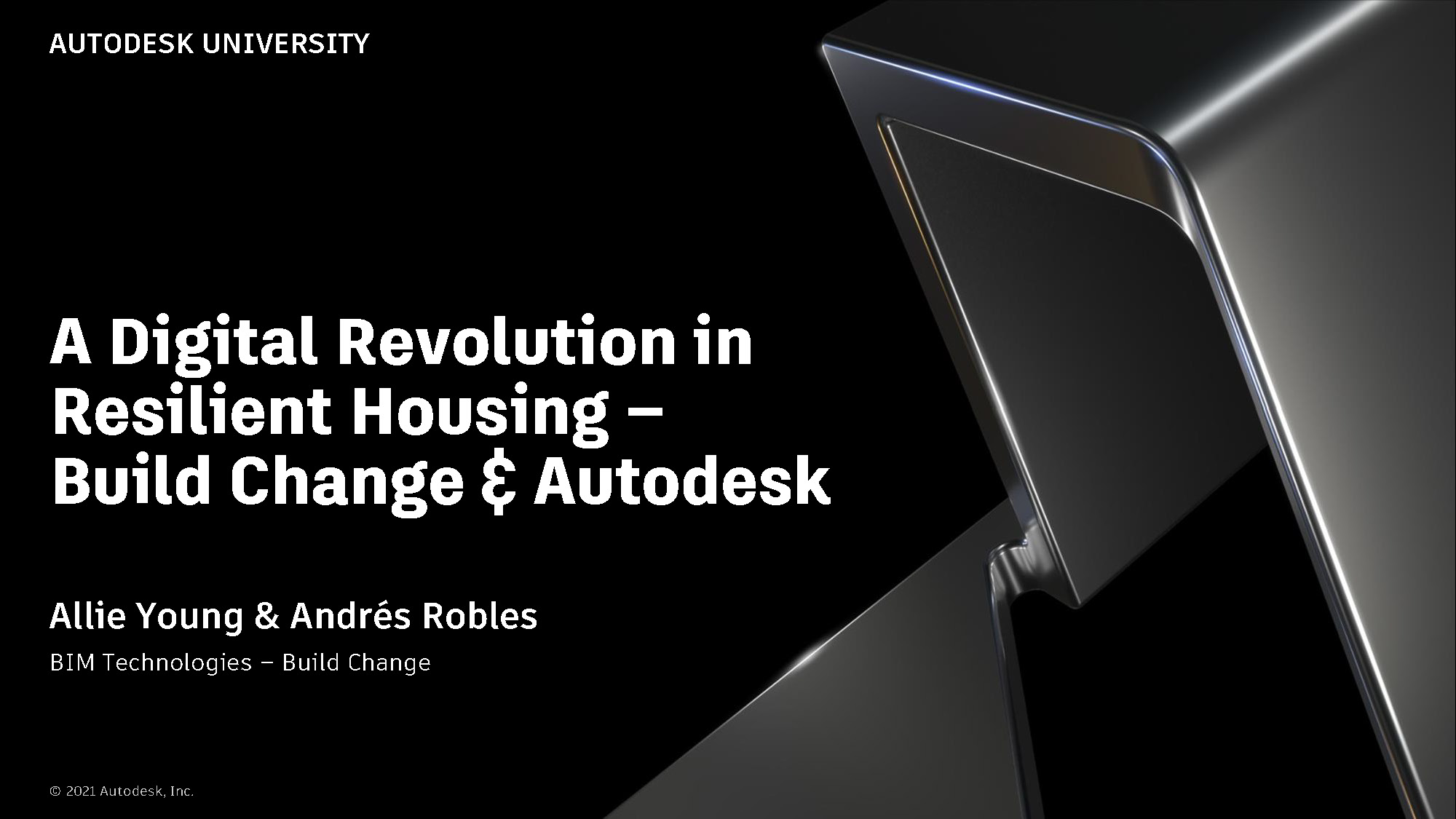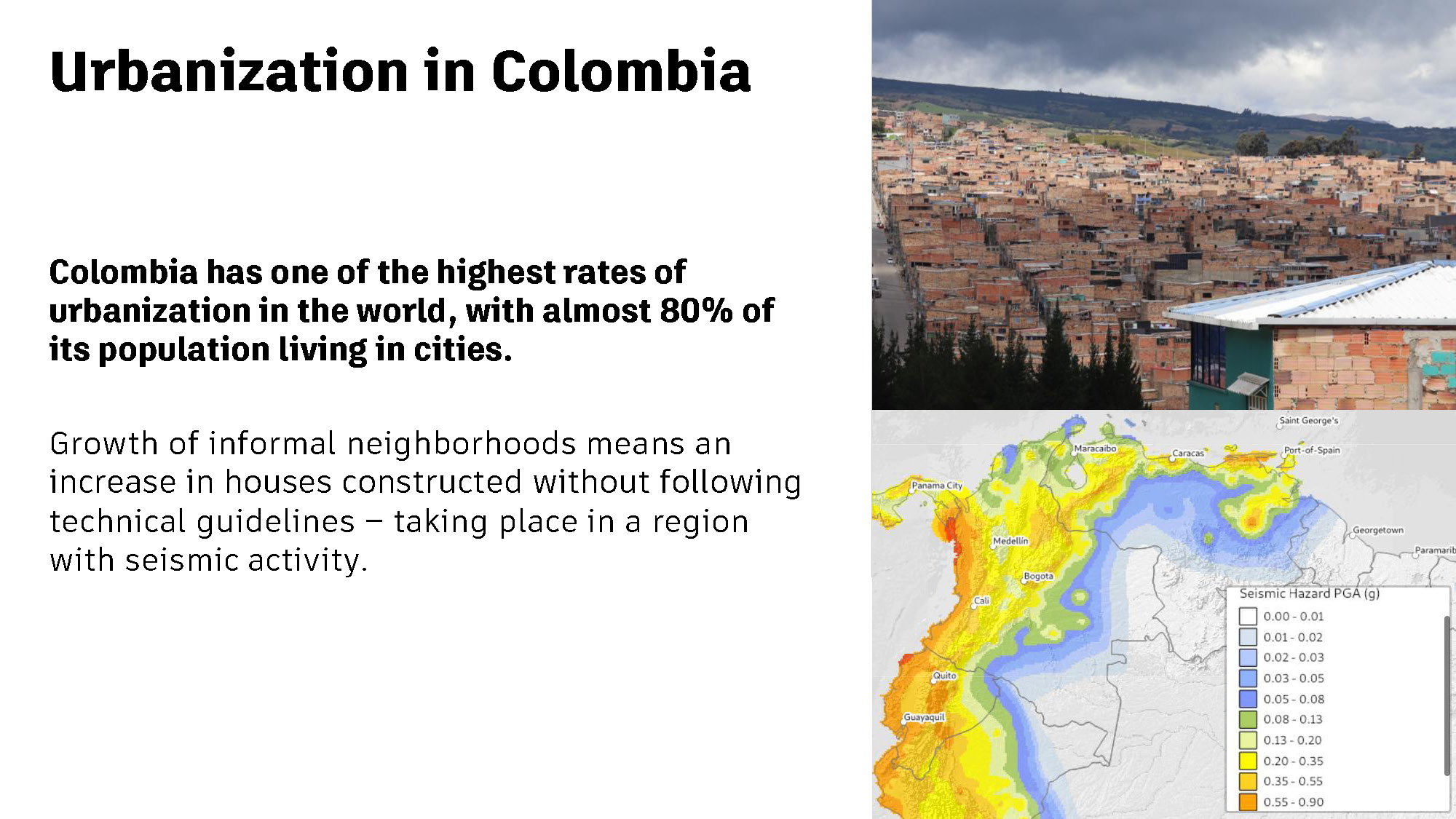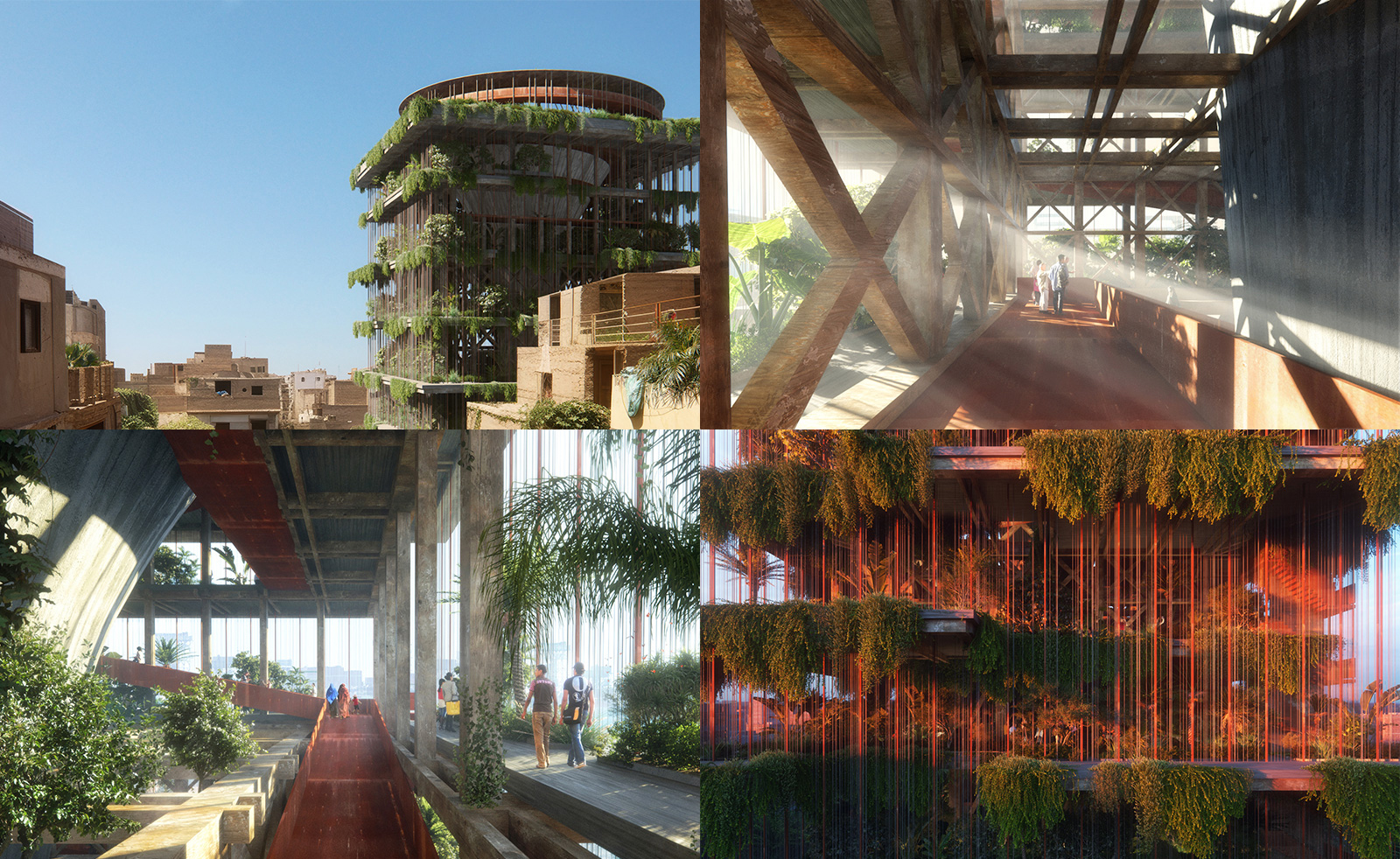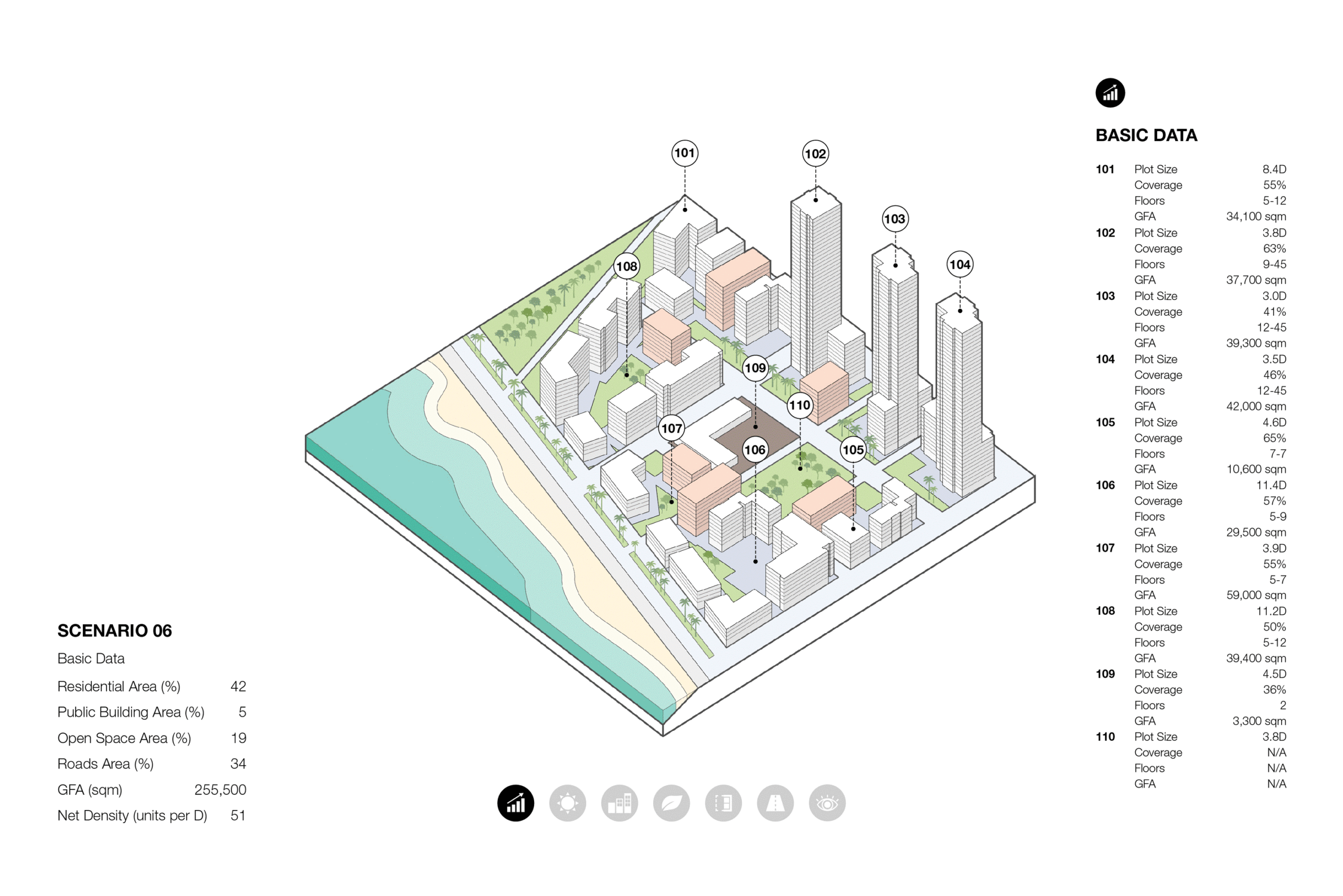Abstract
Informal settlements across all of Egypt are characterized by complex socio-economic situations aggravated by the immense size of the population and its rapid growth. As a result of lack of building regulations, extreme poverty and continuous need for expansion, the rise of uncontrolled informal settlements remains a significant challenge for Egypt. Our research explores how BIM can be utilized to document existing condition and serve as means to inform policymakers and the government on how to develop new affordable housing communities and enhance existing settlements.

Through BIM’s ability to accurately document existing conditions of the informal settlements, we aim to create a process which will serve as a roadmap to inform and assist policymakers and developers in creating new affordable housing for the relocated communities and also help prevent the recurrence of the existing informal housing problem by proper pre planning and anticipating future demand for expansion.
Case Studies

This case study explores how Autodesk technology is being used in disaster-resilient housing projects by Build Change, focusing on retrofits and new construction designs. The future goal for the workflow of retrofitting houses is to create a workflow that is automatic and accessible to users with limited Revit experience. ? The aim is to move the automated retrofit workflow into the cloud, allowing users to run the workflow without needing to use Revit. ? This will make the process more efficient and user-friendly, enabling more people to participate in retrofitting houses and ultimately protect thousands of families.

The Colombia case study focuses on the retrofitting initiatives in Colombia to create resilient housing for families living in informal neighborhoods. ? The aim is to impact thousands of families in these areas, which are prone to seismic activity. The funding for these initiatives comes from multiple government entities, including the Caja de la Vivienda Popular and the Ministry of Housing. ? The process of retrofitting houses in Colombia involves capturing the floor plan of the house and importing it into Revit. ? Engineering calculations are performed using Excel spreadsheets, and a construction package is created. The workflow is being automated to make it more efficient and accessible to users with limited Revit experience. ? The next step is to move the automated retrofit workflow into the cloud, allowing users to run the workflow without needing to use Revit. ?
Experts’ Take
To gain insight into the topic in a more holistic manner, we invited to subject-matter experts to give their take on the informal settlements in Cairo and how BIM can assist in creating a framework to tackle the problem.
First, we explore Steven Velegrinis take on the matter. Steven is the Design Director – Head of Cities and Urban Design at Gensler in Dubai. He is an Urban Planner, Urban Designer and Landscape Architect and focuses on the idea of sustainable and resilient cities and places. Deeply influenced by his multidisciplinary background and the idea of ecological urbanism. Much of Steven’s work explores the instrumentality of the landscape as the means to design sustainable and resilient cities. He remains involved in the development of the profession through his speaking engagements and research initiatives which have included speaking at the Harvard Graduate School of Design, Architecture Association School of Architecture, the Bartlett School of Architecture at UCL, Cambridge University and Universite Paris Sorbonne.
As per Steven, he sees informal settlements as the natural form of development. The planned development that we now think of as logical has made us divorce ecology and economy, promoting economy above all else. He added that trying to make the landscape into a mechanic system doesn’t work in the face of real need. So most informal settlement comes from a natural need to congregate together to leverage opportunity.
He also added that one of the main hurdles facing proper addressing of the informal settlement situation is, Disconnection – between regulators and developers, between utility companies and planners, between developers and buyers and in many other ways. Because of the way that we have divided the development process into hundreds of different professional domains, joined up thinking is severely compromised. We all know what needs to be done, we know that technology tools exist, but no one knows how we implement it because we live in a fragmented development world.

To go a step further, we decided to invite another expert to get his take on the topic. This time it is a Technology expert, to be specific a computation and digital tools one. PING-HSIANG CHEN, Lead Designer and Computational Expert – Dar Group, Dubai. Ping worked as both architect and computational designer in Zaha Hadid Architects, KPF, ShaGa Architects, A+T Partners, Mamou-Mani Architects in London. Prior to joining Zaha Hadid Architects as a senior architect, he was a computational designer and geometry specialist at Applied Research Team at KPF. His expertise mainly revolves around data-driven design, complex geometry, multimedia, and digital fabrication in architecture.
As per Ping, he sees the main challenge in any complex issue, in our case, informal settlements, is the lack of data. He emphasized that no matter how complex and challenging the issue is, it can always be tackled if there is sufficient data about it. While working with Shaga Architects, he recalls working with the team on a urban planning project trying to tackle this kind of urban reformation problem in a technology-driven way.
One of the known challenges in Israel is the political instability and accordingly, the government didn’t easily have a holistic approach towards urban planning for the new settlements. Instead, they have commissioned architectural and urban planning offices to developed digital tools that can anticipate growth over a 10-year period. What was interesting about this approach that they didn’t necessarily forecast exactly what will happen, but they have created multiple scenarios on what the future needs might be and allowed future adaptability.

Conclusion
Both experts had great perspectives on the informal settlements in Egypt and how BIM can help in establishing a framework for how we as a society look at unregulated and organic parts of our cities. They believe that data and documentation plays a key role in both analyzing the present and anticipating the future. They also believe that it is imperative that all stakeholders; The Government, Developers, Architects and Planners, must change the overall approach towards urbanism and to consider the communities and occupants at the forefront when taking each decision.

